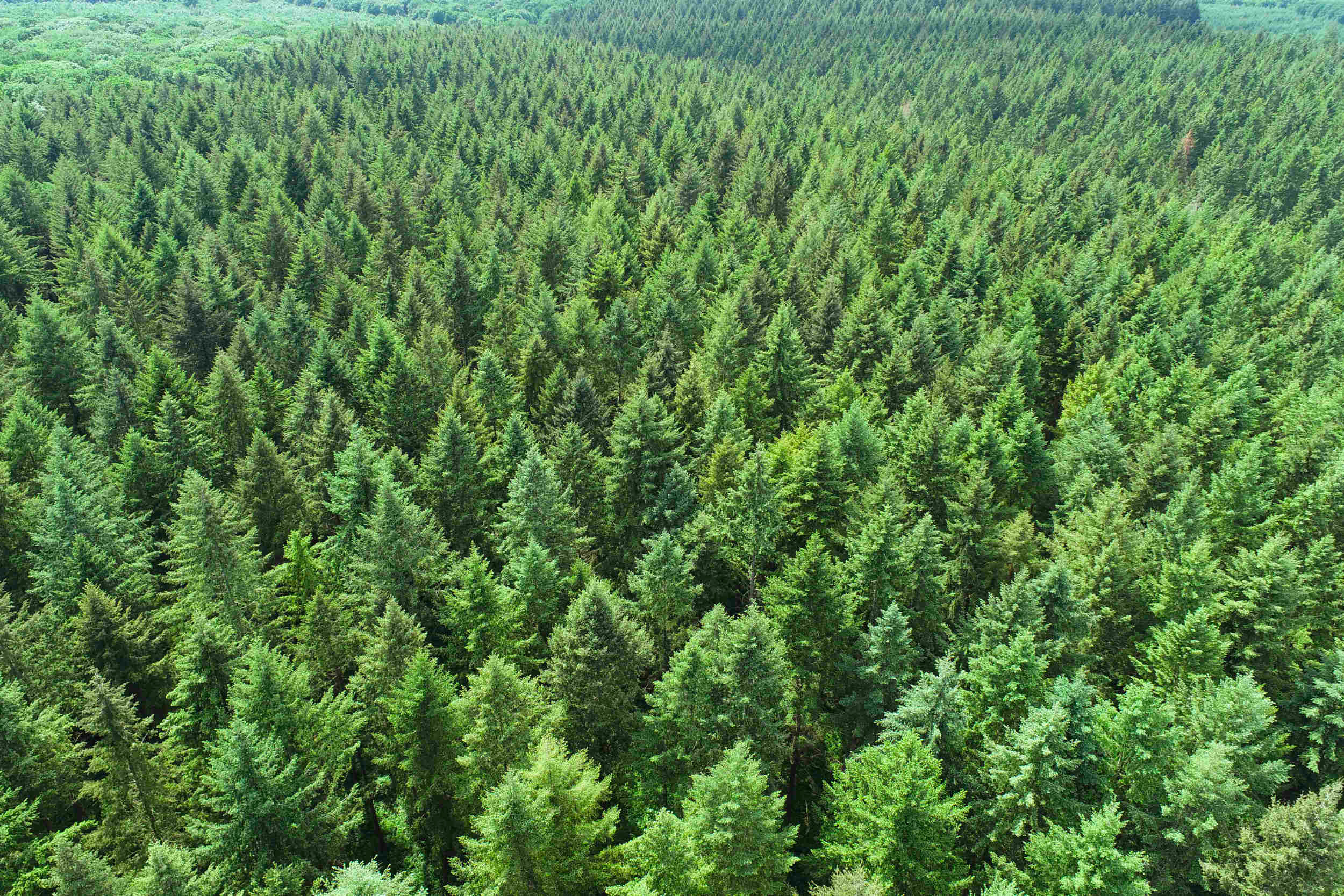
Model your forests in 3D and conduct a forest inventory
The drone equipped with a lidar (laser scanner) makes it possible to quickly digitize a forest.
The benefits of drones in forestry
- Make a forest inventory (counting, height, diameter, petrol, etc.)
- Calculate the amount of carbon sequestered (carbon and CO2)
- Help with forest management via a map of canopy heights
- Identify the decoussing trees via multispectral imaging
- Restore wetlands via an analysis of hydrographic networks
- Plan the movement of forest vehicles via a topographic model
- Prevent fires by producing a combustibility map
- Estimate the damage following a storm or fire
Use LiDAR to analyze your forests
The LiDAR sensor is a moving scanner and therefore works on the laser principle. The rays emitted by the laser make it possible to cross the canopy of a forest and to have information at the level of the ground and the structure of the trees. Once digitized, the forest model is processed algorithmically to determine key information for the production of a forest inventory.
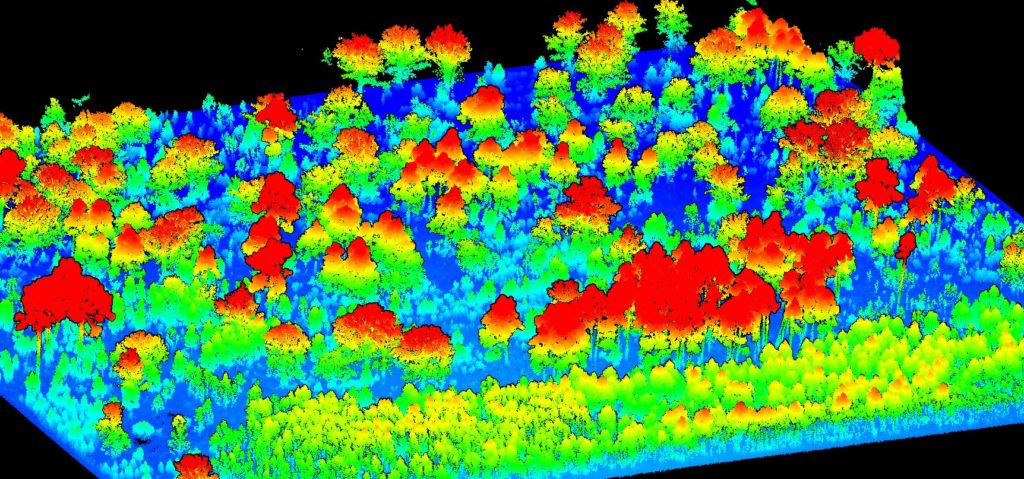
High-definition mapping for advanced analyzes
Enjoy rapid deployment and time savings with drone flexibility and mission automation.
Data acquisition (LiDAR, photo, multispectral, satellite)
We use the sensors adapted to your needs. For example, we can combine LiDAR with photogrammetry to provide you with both a DEM and a high-resolution orthophotograph.
Learn more
Production of cards (canopy height, settlement density, etc.)
The LiDAR survey allows us to produce the various maps useful for forest management. This cartography makes it possible in particular to better understand the distribution by height, by density, by volume or species.
Learn more
Scanforest offers a new solution and a unique methodology adapted to the needs of forest managers
DJI Matrice drones and GreenValley's LiAir V lidar ensure accurate data acquisition while offering rapid deployment.
Equipment adapted to the collection of precise data
The DJI Matrice 210 drone equipped with a lidar is able to carry out complex missions of data collection intended for surveying, forestry, hydrology, environmental study, mining, development of the territory or archeology.
With its 3 echoes, the LiAir V lidar scans 100,000 points per second up to 260 meters away.
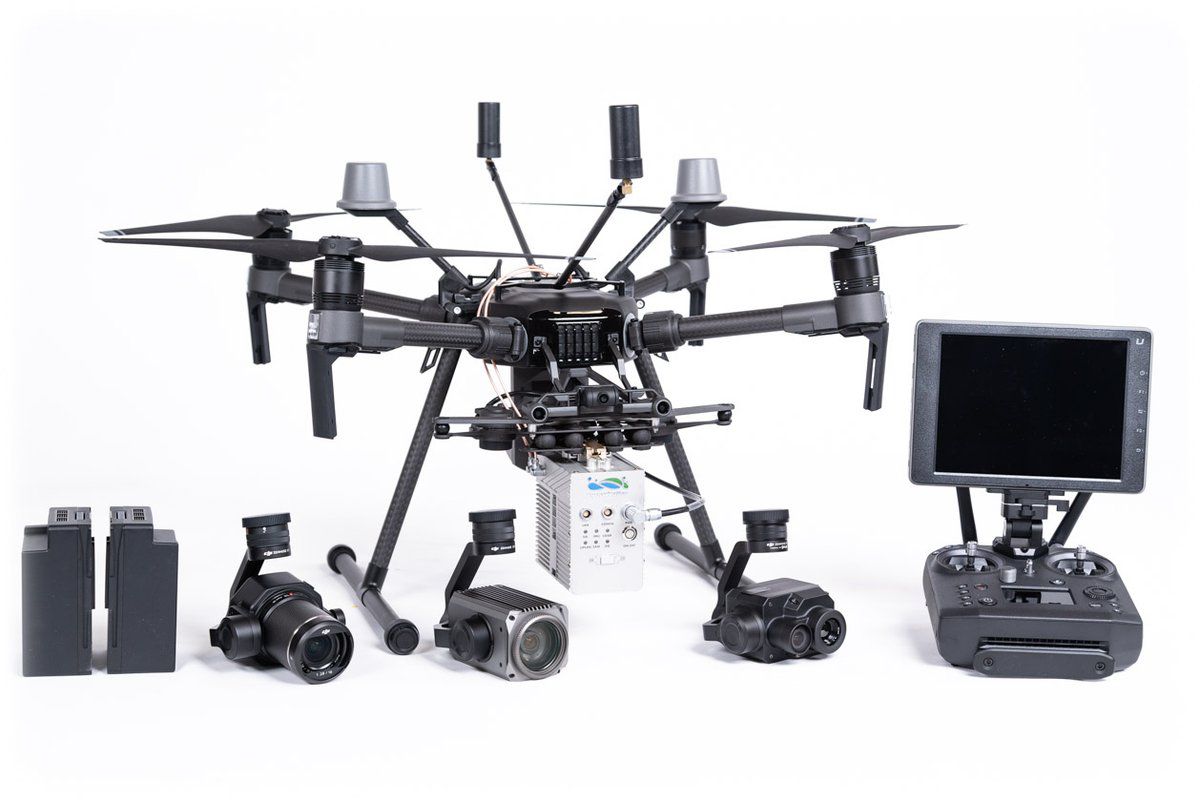
A LiDAR with a high-performance Livox Mid-40 head
The Mid-40 sensor uses an advanced non-repeating scanning pattern to provide very fine detail in the field of view.
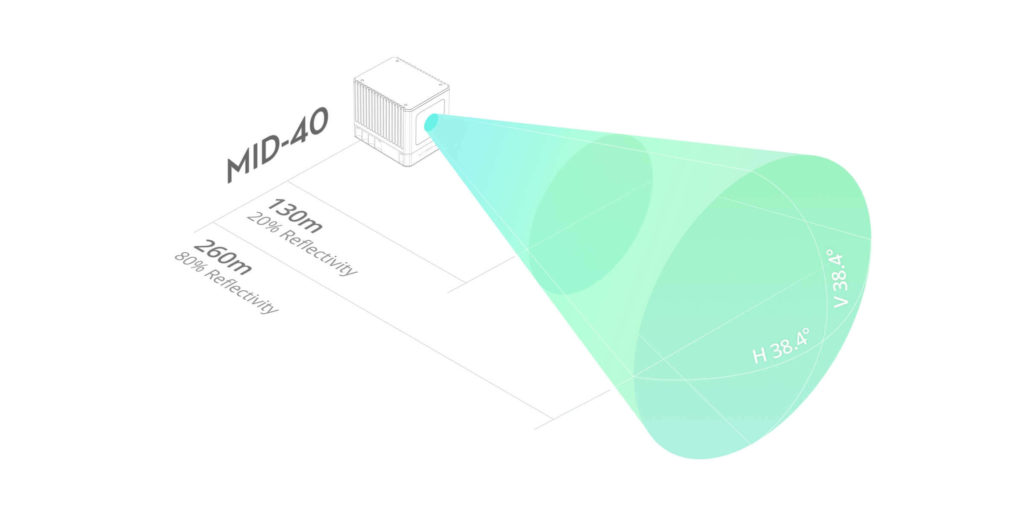
A sampling rate of 100,000 points per second
A circular field of vision of 38.4°
Detection of objects within a radius of 260 meters
Computer tools adapted to the processing of forest data
Our proprietary software, specialized in the processing of photo, lidar and multispectral data, allows us to carry out tailor-made processing adapted to your plots (hardwood and softwood)
Acquisition of LiDAR data, photos, multispectral …
We use the sensors adapted to your needs. For example, we can couple the LiDAR to the RGB photo to provide you with both a DEM and a high-resolution orthophotograph. The photo opposite highlights a dying tree. The multispectral sensor also makes it possible to calculate an index of the vitality of the tree.
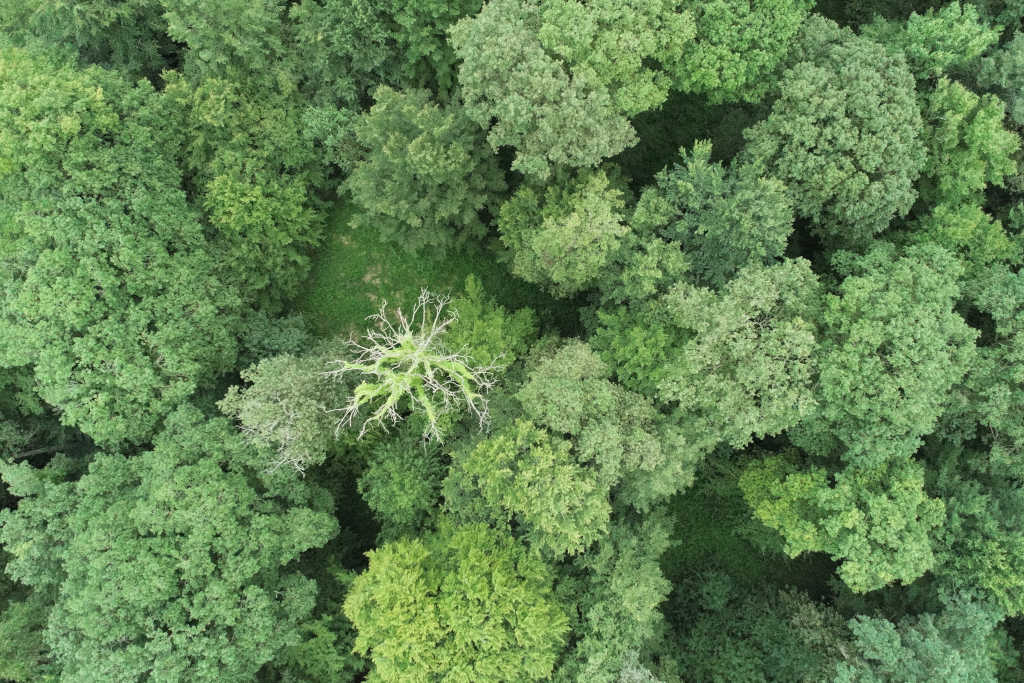
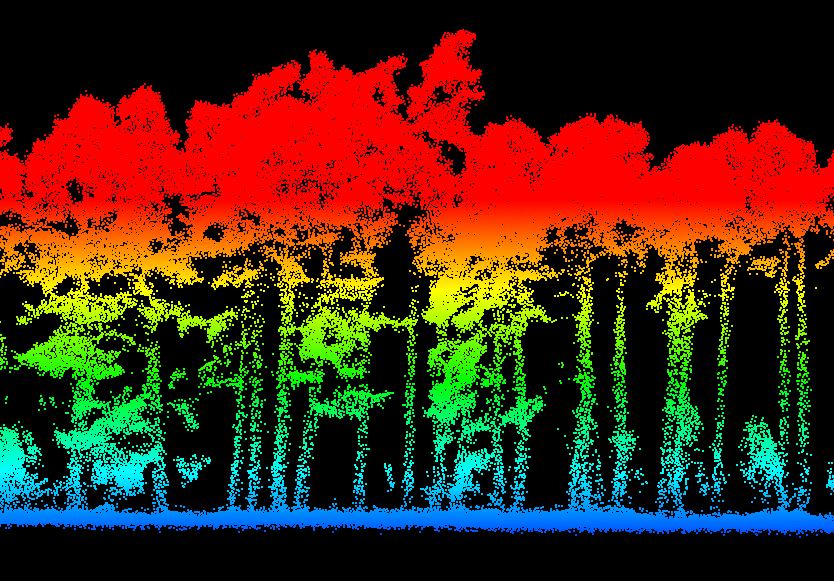
Production of complex models (3D, terrain, height, etc.)
A LiDAR surveyby drone makes it possible to quickly produce a 3D model of the forest, a digital terrain model (DTM), a canopy height model. On request, we can provide you with the studies of your choice: calculation of tree height, forest inventory, production of a hydrographic model, etc.
Artificial intelligence helps in forest management
Machine learning techniques applied to the forestry sector provide intelligible and precise information on the forest
Classification and machine learning
Train machine learning models on your data to teach it to automatically recognize shapes. These models can thus solve tasks such as the segmentation of trees, the calculation of the diameter at 1.30 m, the monitoring of tree dieback and the detection of diseases…
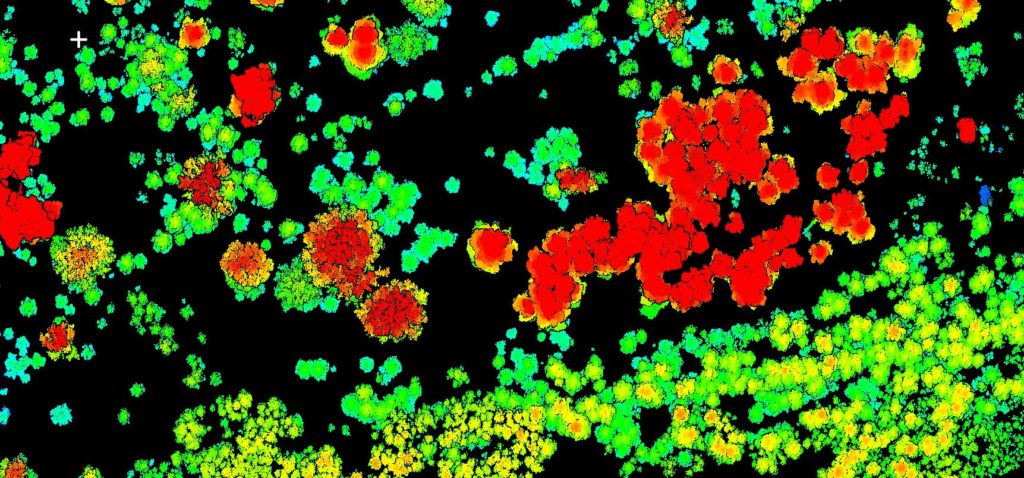
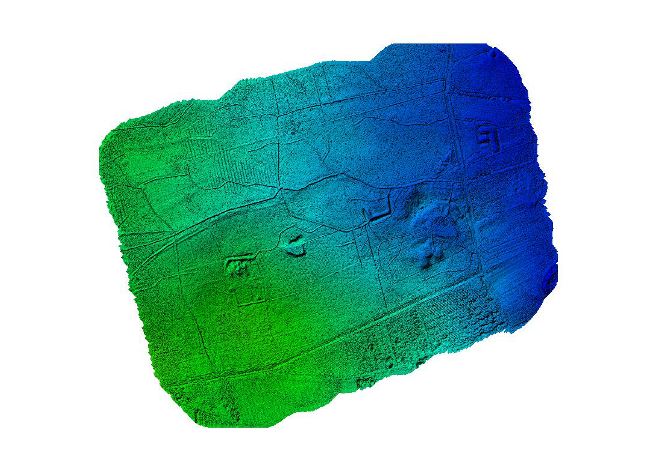
Complete land topography
Do you want to know what secrets your forest hides? We generate a digital terrain model allowing to have a clear and precise topography of the ground. This model can be used in particular to determine skidding routes or to understand the flow of water.
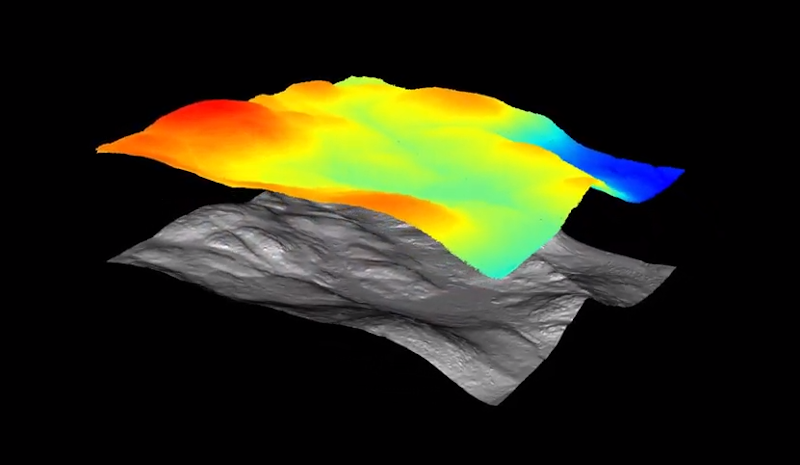
Subtraction of the digital terrain model
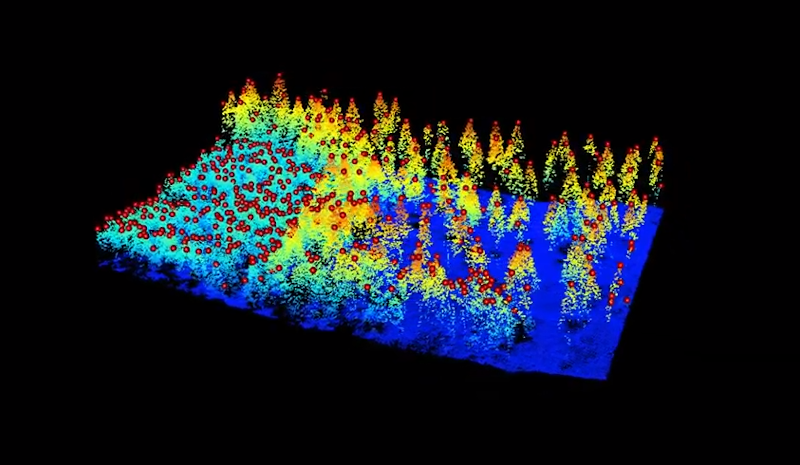
Crown detection
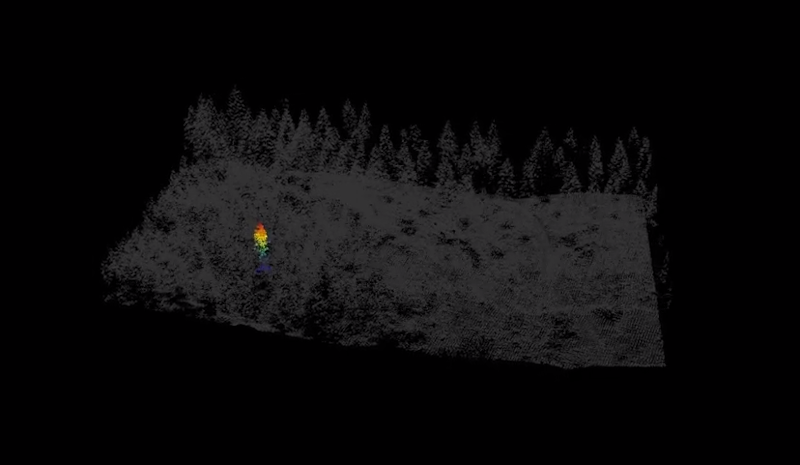
Extraction of individual trees
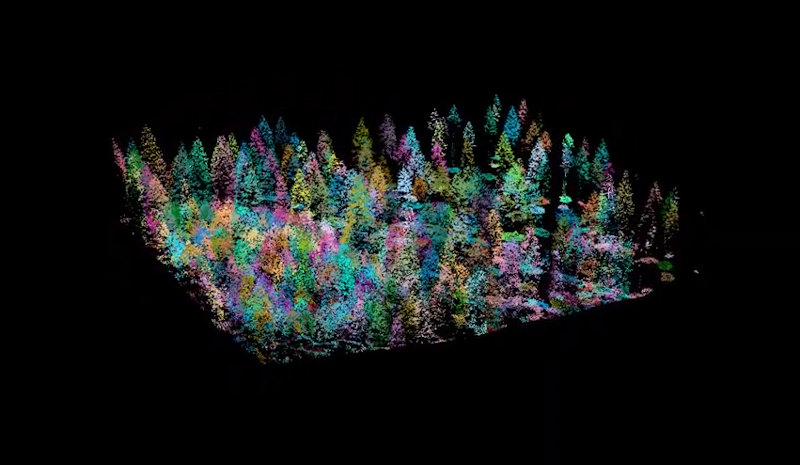
Tree segmentation
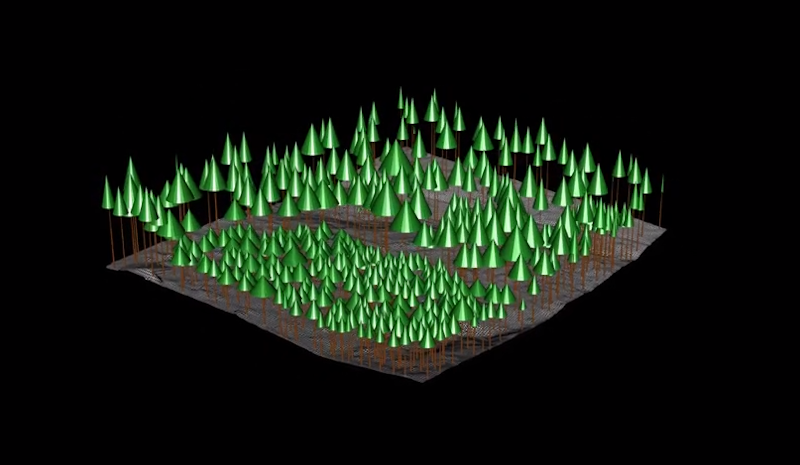
Digital stand model
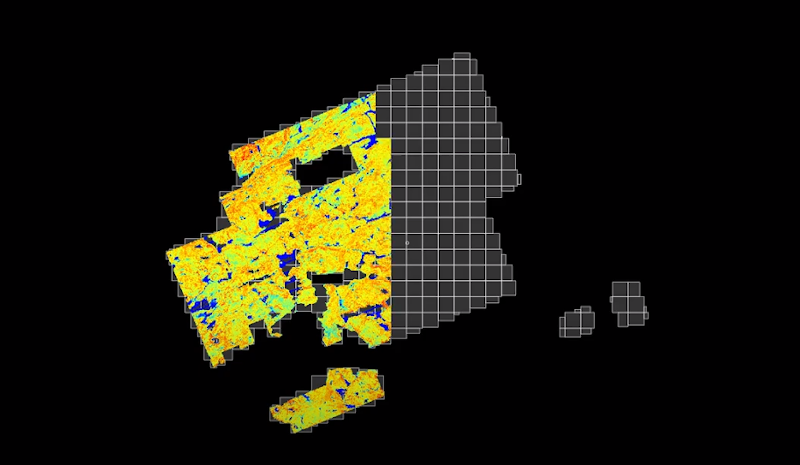
Tile treatment for large areas
Contact us now
A project to carry out? We will answer you during the day!
A question ?Contact our experts
What is the difference between photogrammetry and lasergrammetry?
Photogrammetry is based on photographs taken at different angles in order to reconstruct a 3D model while lasergrammetry is based on the principle of the laser in order to determine the position of points in space and thus model an entire 3D cloud.
What is a slope map?
A slope map is a raster file that provides real numeric values representing slopes. This product is generated from the digital terrain model. The slope map is useful as a support for forestry operations or for the construction of roads and paths (ex: drawing passable drain routes).
In which cases should a drone equipped with a lidar be used?
The airborne lidar will be very effective in modeling the levels of a terrain covered with vegetation. This technique is widely used in forestry, hydrology, land use planning and even for archaeological research.
What is an MHC?
The Canopy Height Model (CHM) is a raster file that provides numerical values representing the height of the forest canopy or other elevated features (eg, buildings). This product corresponds to the difference between the digital surface model and the digital terrain model. The MHC allows measurements of stand height, density and structure. It can be used to establish statistical relationships to map volumes, basal areas, etc.

